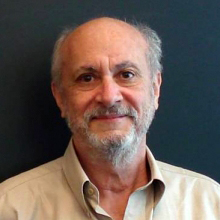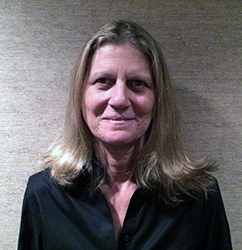
Professor Donald Rubin |
Prof Donald Rubin (John L. Loeb Professor of Statistics at Harvard University) and Elizabeth Zell (MStat - mathematical statistician in the Division of Bacterial Diseases) will visit the University of the Free State (UFS) where they will present lectures on their respective work.
Over his prestigious academic career, Prof Don Rubin’s 400 publications and 13 books have earned him around 180 000 citations at an h-index of 113. He is one of the most cited statisticians/mathematicians/economists/psychologists in the world over the last 10 -15 years. He has supervised 35 PhD candidates as sole-supervisor, 17 more as co-supervisor, with a further eight in the pipeline.
Prof Rubin who will meet with UFS academics in the Department of Mathematics and Actuarial Sciences will also deliver a lecture: Rerandomisation to improve covariate balance in experiments.
Randomised experiments are the “gold standard” for estimating causal effects, yet in practice, chance imbalances often exist in covariate distributions between treatment groups. If covariate data are available before units are exposed to treatments, these chance imbalances can be mitigated by first checking covariate balance before the physical experiment takes place. Provided a precise definition of imbalance has been specified in advance, unbalanced randomisations can be discarded, followed by a rerandomisation. This process can continue until a randomisation yielding balance according to the definition is achieved. By improving covariate balance, rerandomisation provides more precise and trustworthy estimates of treatment effects.
Prof Rubin received an honorary professorship from the Faculty of Natural and Agricultural Sciences at the UFS.

Elizabeth Zell |
The lecture will take place on:
Date: Tuesday 8 December 2015
Time: 16:00
Venue: Albert Wessels Auditorium, Bloemfontein Campus
Zell earned her Master’s degree in Statistics at North Carolina State University, and for more than two decades, was an active bio-statistical researcher in various offices of the Centers for Disease Control (CDC). Since 2013, she has been the Principal Statistician and President of Stat-Epi Associates, Inc. Her 150+ publications have earned her 14 500 citations at an h-index of over 50. She is a Fellow of the American Statistical Association, and, in 2010, she received the Statistics Section Government Award for outstanding contributions to statistics and public health by the American Public Health Association. During her career at the CDC, she earned more than 20 CDC research awards and honours.
She will deliver two lectures at the UFS. The first is entitled A Potential Outcomes Approach to Documenting the Public Health Impact of the Introduction of PCV13 for the Prevention of Invasive Pneumococcal Disease. The topic of her second lecture is: Assessing the Effectiveness of Intrapartum Antibiotic Prophylaxis for Prevention of Early-Onset Group B Streptococcus Disease through Propensity Score Design
Elizabeth’s lectures will take place on:
Date: Wednesday 9 December 2015
Time: 10:45 and 13:00
Venue: West Block 111, Bloemfontein Campus
For more information, please contact Dr Michael von Maltitz at VMaltitzMJ@ufs.ac.za.